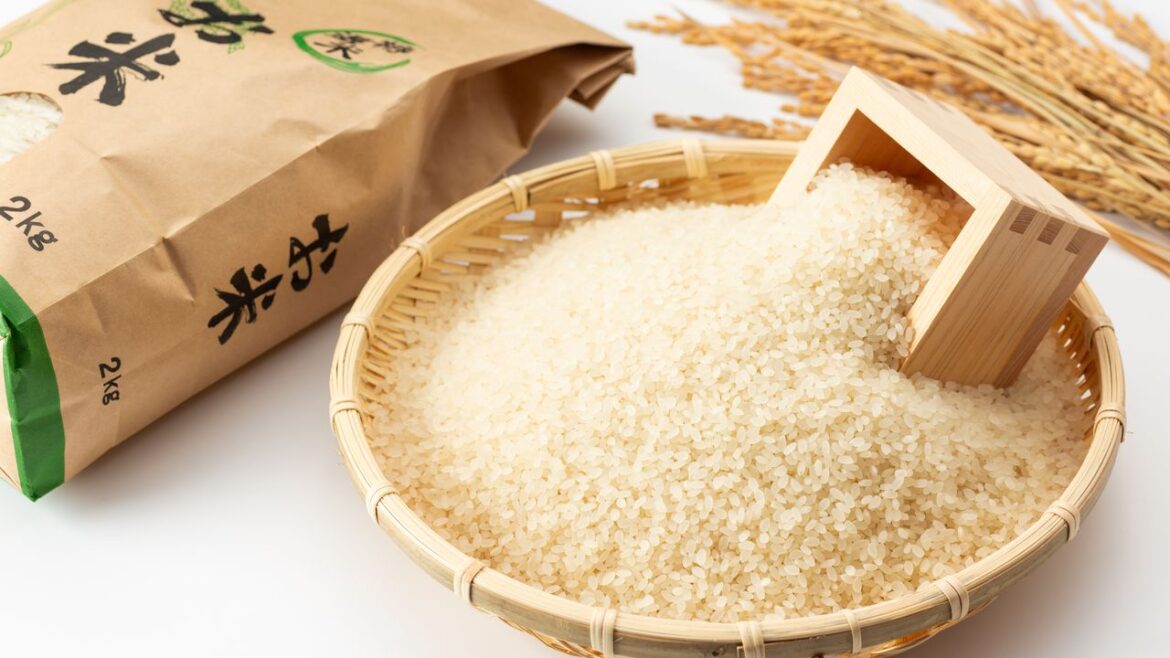A guide to Japan’s rice from past harvests, currently being released from government stockpiles in a bid to tackle high prices, and the words used to describe it.
One More “Old” Each Year
As rice prices soar in Japan, the release of government stockpiles has prompted talk of komai (literally “old rice”), as well as kokomai (“old old rice”) and kokokomai (“old old old rice”). But what do these terms actually mean?
The “rice year” in Japan starts on November 1 and continues until October 31 the following calendar year. Distributors talk about a particular crop as being “old rice” from November 1 of the year after it is harvested. For example, the autumn 2023 harvest became komai on November 1, 2024. (Some people may also describe it as “old rice” as soon as one year has passed, without waiting for November.)
With the government release, kokomai and kokokomai rice has also started appearing on supermarket shelves. Another ko is added for each year that passes.

Rice Status as of June 2025
The Flavor of the New and Old
Each autumn, restaurants and onigiri rice ball shops advertise the arrival of the year’s shinmai, or “new rice.” Just the thought of newly harvested rice can put a spring in the step of many Japanese people. Sellers can legally describe their rice as shinmai if it is polished and packed by December 31. From autumn until the end of the year, stickers in colors like red and gold indicate that bags of rice on sale are shinmai.
Rice does not have to be new to taste good, though. It is typically stored at low temperatures after harvest, maintaining its quality, and only polished shortly before being sold on the market. Discerning shoppers check the polishing date on the rice packets when selecting which one to buy, with a shorter period since this time meaning a better flavor.
Even so, this is the first time for kokomai and kokokomai to appear in supermarkets and convenience stores. Koizumi Shinjirō, the minister of agriculture, took part in a blind taste test at the end of May, trying onigiri made with rice harvested from 2021 to 2024. When he ate the kokokomai from 2021, he commented that it was a little hard.
With the circulation of rice that is older than usual, kitchen appliance manufacturers and electronics stores are seizing the opportunity to promote high-performance rice cookers that adjust the cooking process based on the water content of grains, and home rice polishers for taking off the surface of oxidized rice.

Minister of Agriculture, Forestry, and Fisheries Koizumi Shinjirō eating an onigiri as part of a blind taste test on May 29, 2025. (© Reuters)
(Translated from Japanese. Banner photo © Pixta.)


AloJapan.com